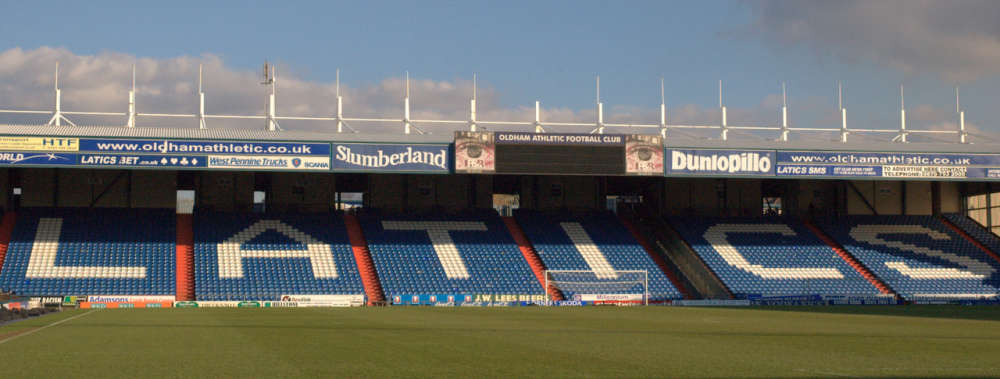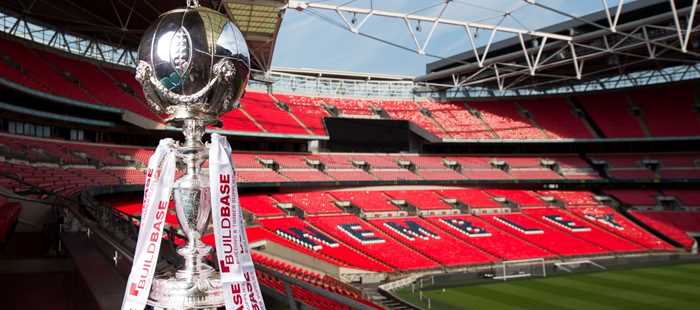
My rule of thumb for match reports is not to mention the weather or other external factors unless they are material to the direction or outcome of the game.
For instance, if an avalanche or earthquake results in a lengthy delay in play after which one side or the other performs differently, I’ll give it a word or two.
If after heavy rain the goalkeeper falls down a sinkhole necessitating a substitution, or if they lose a toe to frostbite, I’ll give it serious consideration for inclusion. What if someone is struck by lightning? I don’t care as a match reporter, as a rule, if a spectator is struck by lightning (although I care very much as a person), but if a star striker gets hooked because of third-degree burns originating in the sky, it’ll get a mention. You get the idea.
In his post-match interview immediately following Latics’ 0-0 draw against Crewe Alexandra, Latics manager Micky Mellon had no such qualms, twice mentioning the “difficult conditions for both sets of players”. He was talking, of course, about the Boundary Park wind.
When the windspeed gets up to a certain point outside Boundary Park (from any direction), the wind inside the stadium becomes a stochastic mess, which is a fancy pants way of saying that you can see the effects of the wind when you hit a high ball up to the front man, but you cannot make a safe prediction about what will happen next time you hit one. The wind blows around the ground, across it, from low to high, from high to low, different speeds, different intensities, wide bands, thin bands, criss-crossing layers moving clockwise or anti depending on elevation.
In hindsight, I should have mentioned the wind in Saturday’s report. No one was swept up in a tornado and dumped in Oz, but it did characterise some of Latics’ less elegant play, especially when the high wind was predominantly behind them in the first half (the wind at ankle height was different from the wind at head height, and different again from the wind at high-ball height). The Crewe players handled it better in both halves, which gave me a thought about the advantage offered by the plastic pitch of the late 1980s and early 1990s.
A lot of people reckon that Latics won a lot on the plastic pitch because the players were used to the surface itself – the bounce and run of the ball, how not to tear muscles running on it, or take all the skin off your legs sliding on it.
After being forced to think about the wind last Saturday, I think there was a more important advantage: because the plastic pitch did not deteriorate when you play on it, the players could train at Boundary Park in all weathers. They were as familiar as anyone can be with the unique wind.
If Micky Mellon is concerned that his players found the conditions difficult at Boundary Park on Saturday, he could do worse than schedule a few 11v11 training sessions there. The wind blows on weekdays too. You can’t replicate those conditions at Chapel Road.


 Curzon Ashton discover FA Trophy opponents
Curzon Ashton discover FA Trophy opponents
 Weekend football round-up: Celtic see off Wythy
Weekend football round-up: Celtic see off Wythy
 Greater Manchester pioneer’s world-first wellbeing series to unite workforces
Greater Manchester pioneer’s world-first wellbeing series to unite workforces

